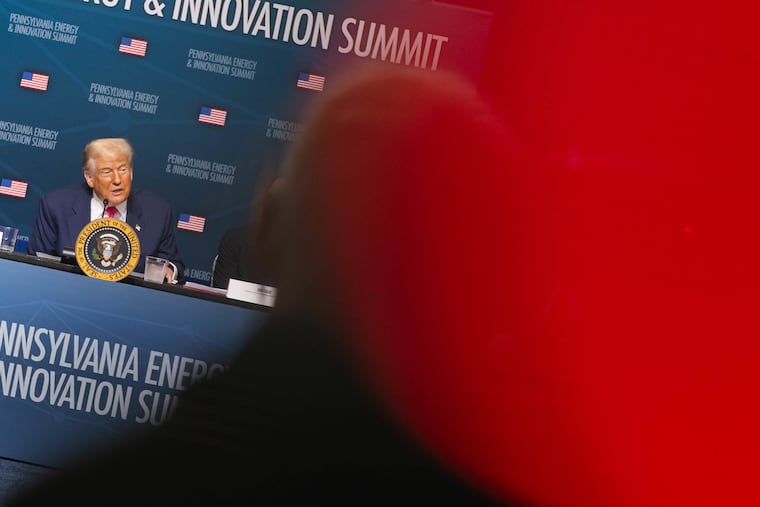Trump's AI Push: A Missed Chance to Address the Hidden Costs for Singaporeans

Former US President Donald Trump's recent call for increased investment in Artificial Intelligence (AI) has sparked considerable discussion about the future of technology and its potential economic benefits. While the promise of AI innovation is undeniable, it’s crucial to consider the often-overlooked burdens that this rapidly expanding technology places on everyday people, especially here in Singapore. The conversation shouldn't solely focus on growth and advancement; it needs to address the practical, financial, and infrastructural implications for consumers.
One of the most pressing concerns is the escalating energy consumption associated with AI. Training and running complex AI models requires vast amounts of electricity, far exceeding that of traditional computing. As AI becomes more integrated into our lives – from powering our smartphones and smart homes to driving autonomous vehicles and managing complex business operations – the demand for electricity will only continue to rise. This isn't a problem confined to data centers; it impacts every household.
The Ripple Effect on Singaporean Households
Singapore, with its already dense population and reliance on imported energy, is particularly vulnerable to these escalating costs. Increased energy consumption driven by AI will inevitably translate into higher electricity bills for Singaporean households. While the government has initiatives to promote energy efficiency, the sheer scale of AI’s energy demands could quickly outpace these efforts. Families already grappling with rising costs of living will find themselves bearing an additional, and potentially significant, financial burden.
Strain on Singapore’s Grid Infrastructure
Beyond the direct impact on consumers, the surge in energy demand will place considerable strain on Singapore’s existing electricity grid. Our grid infrastructure, while modern and well-managed, is not designed to handle the exponential growth in power consumption predicted by widespread AI adoption. This could lead to instability, power outages, and the need for costly upgrades and expansions. The government will need to proactively invest in grid modernization and explore alternative energy sources to mitigate these risks.
A Holistic Approach is Needed
Trump's call to action, while well-intentioned, highlights a common oversight in the AI discourse: the focus on innovation often overshadows the need for responsible and sustainable development. Singapore, as a leader in technological innovation, has a unique opportunity to demonstrate a more holistic approach. This means not only investing in AI research and development but also proactively addressing the potential downsides, including the energy burden and infrastructural challenges.
What Singapore Can Do:
- Invest in Renewable Energy: Accelerate the transition to renewable energy sources like solar and wind to reduce reliance on fossil fuels and mitigate the environmental impact of AI.
- Promote Energy-Efficient AI: Incentivize the development and deployment of AI algorithms and hardware that are more energy-efficient.
- Grid Modernization: Invest in smart grid technologies to improve energy distribution and resilience.
- Consumer Education: Raise awareness among consumers about the energy consumption of AI-powered devices and encourage energy-saving practices.
- Policy Framework: Develop a clear policy framework that addresses the ethical, social, and environmental implications of AI, ensuring that its benefits are shared equitably and its burdens are minimized.
Ultimately, a thriving AI ecosystem shouldn't come at the expense of Singaporean households or the stability of our national infrastructure. By acknowledging and addressing these challenges head-on, we can ensure that AI contributes to a more sustainable and equitable future for all.






